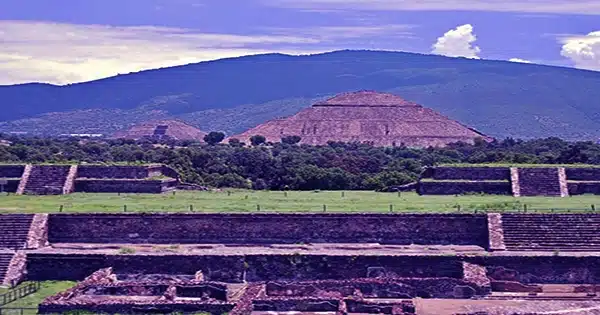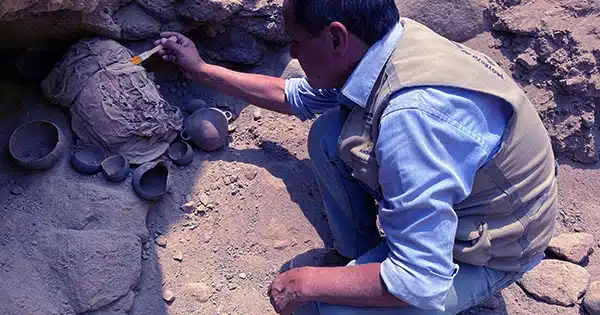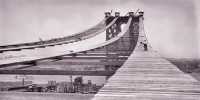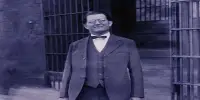Archaeologists in Mexico discovered 12 unique cone-shaped, or conical tombs while excavating a high-altitude town from the Early and Middle Preclassic eras (2500-400 BC). They discovered a variety of uncommon burial artifacts and animal bones inside, as well as the remains of five juvenile adults.
Researchers from the National Institute of Anthropology and History (INAH) discovered a cluster of ancient pre-Hispanic burial sites just meters away from Constituyentes Avenue, on the outskirts of the third sector of Chapultepec Forest. The ten “conical” tomb constructions were roughly 3,500 years old, with half of them containing human remains.
The find was located in the Lomas de Chapultepec area, west of Mexico City, on the outskirts of the forest atop a peninsula near Cri-Cri Park, at 2,416 meters [7927 ft] above sea level.
The dig coordinator, Mara de Lourdes López Camacho, stated in an INAH press statement that the huge agricultural hamlet existed throughout the Early and Middle Preclassic eras (2500-400 BC).

The Volcano That Rocked the World: Researchers discovered a concentration of archaeological remains near the Cri-Cri Park, Environmental Culture Center, last year, and a specialist rescue team began digging near Constituciónntes Avenue in June 2023. According to Dr. López Camacho, “what’s fantastic” is that there was a settlement here “before the eruption of the Xitle volcano and the formation of the Pedregal de Coyoacán.”
The Xitle volcano erupted roughly 1,700 years ago, changing the topography of what is now modern-day Mexico City by covering much of the region with a coating of volcanic lava. As a result, the subsoil at the location has been maintained for over 3000 years, and it is now disclosing mysteries about the early habitation of the Chapultepec Forest, which is today a sprawling metropolitan city park spanning over 1,600 acres.
A Western Archaeological First: Hundreds of test pits covering an area of 200 square meters [2,152.8 square feet] were excavated in search of tombs. According to Dr. López Camacho, by August 2023, “the site looked like a clay Gruyere cheese.” However, as a result of these test digs, 12 funeral chambers measuring 2 meters [3.28 feet] long by 1.50 meters [4.92 feet] tall were discovered and investigated.
The 12 “truncated conical tombs” are fashioned like inverted cones, giving rise to their collective moniker of bottle, or bell tombs, and archeologist López Camacho described them as “a very particular funerary architecture.” While comparable shaped tombs have been discovered on the Gulf Coast as well as in the south, north, and east of Mexico’s Cuenca, this is the first time such constructions have been discovered in the west.














